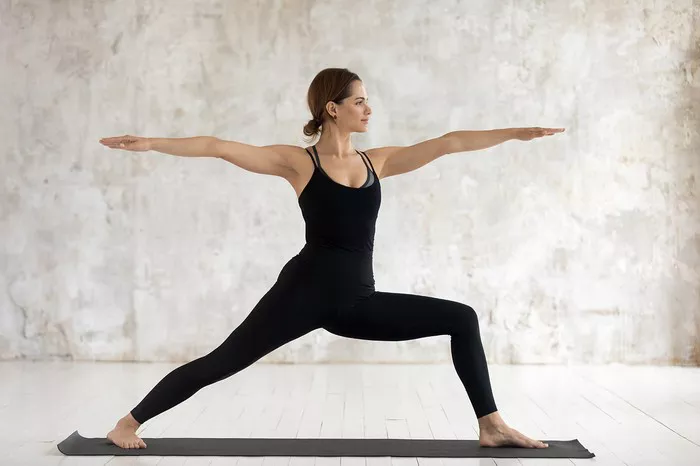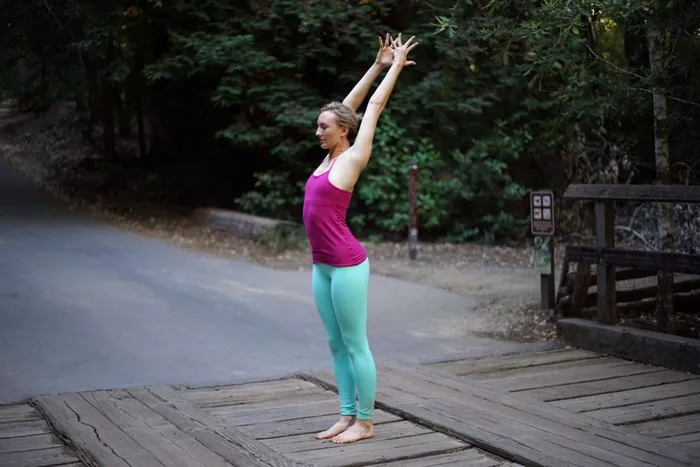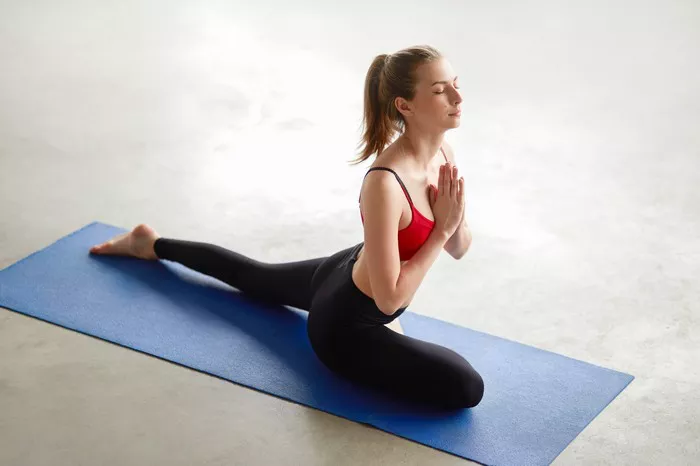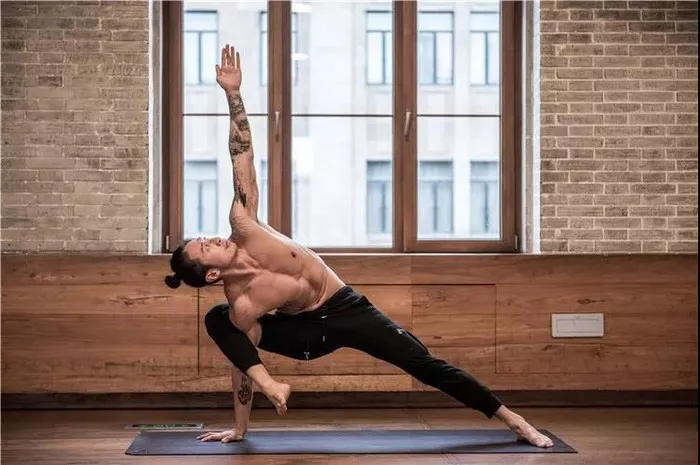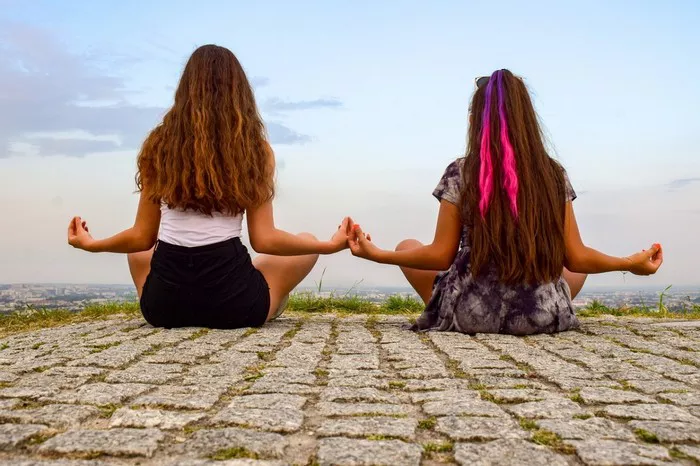Ashtanga yoga, often referred to as the “eight-limbed yoga,” is a dynamic and powerful form of yoga that encompasses a structured sequence of poses designed to synchronize breath with movement. Originating from the ancient text of the Yoga Sutras of Patanjali, Ashtanga yoga offers practitioners a pathway to physical, mental, and spiritual well-being. Central to the practice are the various asanas, or poses, which play a fundamental role in cultivating strength, flexibility, and mindfulness.
Understanding Ashtanga Yoga Poses
At the heart of Ashtanga yoga practice lies the Primary Series, also known as Yoga Chikitsa, which translates to “yoga therapy.” This series comprises a specific sequence of poses that are performed in a predefined order. The Primary Series is designed to purify and detoxify the body, align the spine, and strengthen muscles and joints. It lays the foundation for more advanced series and helps practitioners develop a strong and disciplined practice.
Each asana in the Primary Series is linked together through a continuous flow of movement and breath, known as vinyasa. This dynamic flow generates internal heat, which serves to cleanse the body of toxins and facilitates deeper stretches. Additionally, the vinyasa sequence enhances cardiovascular health and improves circulation, promoting overall vitality and well-being.
The Key Ashtanga Yoga Poses
1. Tadasana (Mountain Pose): Tadasana serves as the starting point of the Ashtanga yoga practice. It is a simple yet powerful pose that establishes alignment, grounding, and awareness. Standing tall with feet hip-width apart, arms relaxed by the sides, and palms facing forward, Tadasana cultivates a sense of stability and balance.
2. Utkatasana (Chair Pose): Utkatasana is a dynamic standing pose that strengthens the legs, core, and lower back. From Tadasana, practitioners bend their knees and lower their hips as if sitting in an imaginary chair, while reaching the arms overhead. This pose activates the entire body and builds heat, preparing practitioners for more challenging asanas ahead.
3. Surya Namaskara A and B (Sun Salutations A and B): Sun Salutations are integral to the Ashtanga yoga practice, serving as a dynamic warm-up sequence that energizes the body and mind. Surya Namaskara A consists of a series of fluid movements that synchronize breath with movement, including poses such as Uttanasana (Forward Fold) and Chaturanga Dandasana (Four-Limbed Staff Pose). Surya Namaskara B incorporates additional poses such as Virabhadrasana I (Warrior I) and Virabhadrasana II (Warrior II), further strengthening and opening the body.
4. Padangusthasana (Hand-to-Big-Toe Pose): Padangusthasana is a forward bending pose that stretches the hamstrings, calves, and spine. From a standing position, practitioners fold forward and grasp their big toes with their fingers, gently pulling themselves deeper into the stretch. This pose encourages relaxation and introspection while releasing tension in the back body.
5. Paschimottanasana (Seated Forward Bend): Paschimottanasana is a seated forward bend that elongates the spine and stretches the entire posterior chain of muscles. Sitting on the floor with legs extended in front, practitioners fold forward from the hips, reaching towards their feet or shins. This calming pose promotes introspection and surrender while releasing tightness in the back and hamstrings.
6. Purvottanasana (Upward Plank Pose): Purvottanasana is a dynamic backbend that strengthens the arms, shoulders, wrists, and core. From a seated position with legs extended and hands placed behind the hips, practitioners lift the hips towards the ceiling while opening the chest and drawing the shoulder blades together. This pose cultivates strength, vitality, and confidence.
7. Bhujangasana (Cobra Pose): Bhujangasana is a gentle backbend that stretches the front body and strengthens the back muscles. From a prone position, practitioners press their palms into the mat and lift the chest while keeping the pelvis grounded. This heart-opening pose stimulates the digestive organs, improves posture, and relieves tension in the lower back.
8. Shavasana (Corpse Pose): Shavasana is a final relaxation pose that allows practitioners to integrate the benefits of their practice and enter a state of deep relaxation. Lying flat on their backs with arms and legs extended, practitioners close their eyes and release all effort, surrendering to the present moment. Shavasana promotes rest and rejuvenation while fostering a sense of peace and tranquility.
Conclusion
Ashtanga yoga poses offer a transformative journey towards physical, mental, and spiritual well-being. Through a structured sequence of asanas, practitioners cultivate strength, flexibility, and mindfulness while deepening their connection to the breath and inner self. Whether you’re a beginner or seasoned yogi, incorporating Ashtanga yoga poses into your practice can enhance vitality, balance, and overall quality of life. So, roll out your mat, breathe deeply, and embark on the profound journey of Ashtanga yoga.
FAQs:
Is Ashtanga the hardest yoga?
Ashtanga is often considered one of the most physically demanding forms of yoga due to its structured sequence of postures and emphasis on breath synchronization. Its rigorous nature challenges both strength and flexibility.
Is vinyasa harder than Ashtanga?
Vinyasa yoga varies greatly depending on the instructor, making it difficult to generalize its difficulty level compared to Ashtanga. Some vinyasa classes may focus more on flowing movements, while others might incorporate challenging postures akin to those found in Ashtanga. It ultimately depends on the intensity and style of the specific class.
Is Ashtanga OK for beginners?
Ashtanga yoga can be suitable for beginners, but it often requires dedication and patience due to its structured and physically demanding nature. Beginners may benefit from starting with modified versions of the poses and gradually building strength and flexibility over time.
Who should not do Ashtanga yoga?
Individuals with certain health conditions such as severe back problems, high blood pressure, or recent injuries should consult with a healthcare professional before practicing Ashtanga yoga. Pregnant women should also approach with caution and consider prenatal yoga classes instead. Ashtanga’s rigorous nature may not be suitable for those seeking a gentle or restorative practice.

